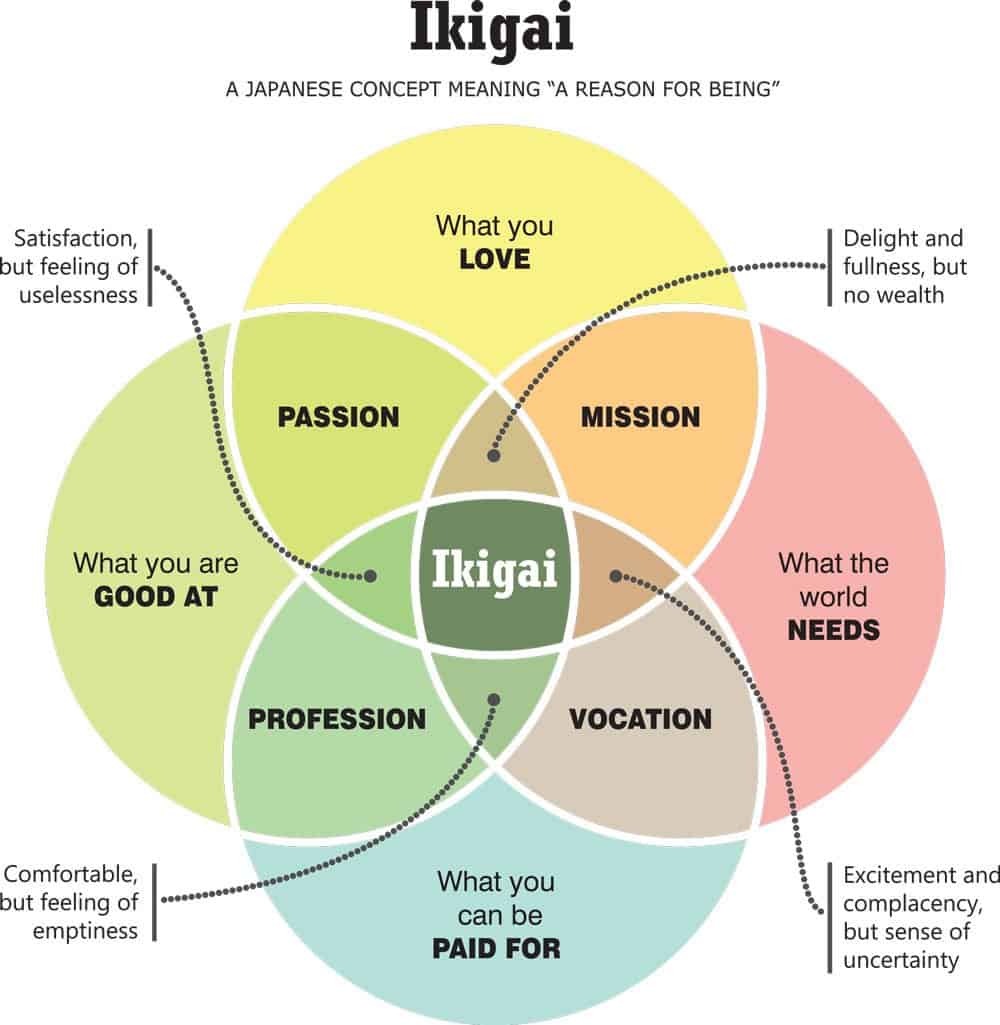My Planning “Preposition Proposition”
Choosing the best title for a blog post can be “hit and miss” at times, as I’ve learned over the past 350 weeks or so (!)
Today’s topic sounded a bit lame when I looked at my notes, so I kicked around some headline alternatives to add some punch.
On the surface, the main subject seems a bit basic, but it’s so important that I felt the need to address it again in this space.
And I felt like I needed to try to find a way to make it stand out, hence the alliterative title I chose.
Lots of “Planning FOR” Going On
In the world of family wealth transition planning that I work in, much of the time and effort spent by both families and their professional advisors involves activities that would fit nicely under the heading of “Planning FOR”.
Parents go see their advisors to make plans for their eventual wealth transition to their children. They then typically make plans FOR the wealth, FOR the children.
Is Planning FOR the Best Approach?
As a hint of where this is going, keep in mind my promised “preposition proposition”, and see if you can guess where I’m heading.
A few weeks back, my social media folks posted a blog on LinkedIn that I wrote in 2018, called “Family Governance: From Filaments to LED’s”.
One of the unexpected benefits of having another person write the text of those content re-posts on Twitter and LinkedIn is that the word choices they make are often better than those I would have made on my own, because they see things in my writing in new ways.
That post, which included a link to that blog, was neatly set-up and prefaced with the question:
“When planning for the next generation… shouldn’t you involve the next generation?”
LinkedIn: Where it’s Safe to Read the Comments
That question then elicited the following question, from Ian Marsh, with whom I often exchange comments on that platform:
Marsh: “Planning for versus planning with?”
I replied that his simple reframe had likely inspired a future blog post, and alas, here we are.
Proposing a Preferred Preposition for Planning
So while planning FOR has been most people’s default approach to this important subject, I hereby propose a new preferred preposition.
The first order of business for every family should instead be, planning WITH.
This idea also conjures up other blog memories for me, because I’ve stated this viewpoint numerous times before, notably here, in 2015,
“Successful Planning: Who Should Be Involved?”
Hurricane Survivors, Meet Family Members
That post from four years ago featured a quote from the aftermath of Hurricane Katrina, that was painted on the outside of a damaged house that was partially under water.
It read:
“Plans that are about us, but don’t include us, are not for us”.
It seems that many government officials had been scrambling around to do things for those affected by the disaster, but had neglected to ask the survivors what they really needed, or involve them in any of the solutions.
If you still need me to draw the parallel with the way most families prepare their wealth transitions, I’ll suggest that you just try a bit harder. It’s right there.
Too Much Hard Work
I’ve spoken about this subject with enough people to know that this message is typically met with great skepticism.
This is not for every family. The vast majority of families do not have the complexity or level of wealth to warrant the work that goes into this type of “purposeful planning”.
But even for those families for whom this type of planning could be and should be done, there is still a great deal of hesitation to embrace this approach.
It is hard work. It does take time and effort. And it takes leadership. Most families are lacking in at least some of those.
What’s It Going to Take?
I know that my “preposition proposition” will feel a little too “out there” for most families, and like I said, I know this isn’t for every family.
And even if you, as a solitary person who is a member of a business family, would be interested in this, how would you ever get the other family members to “see the light”?
I wish that I had a simple, “silver bullet” answer to that, but I don’t, and I don’t think anyone else does either.
But if nobody starts talking about it with the others, you can be sure it won’t happen!








